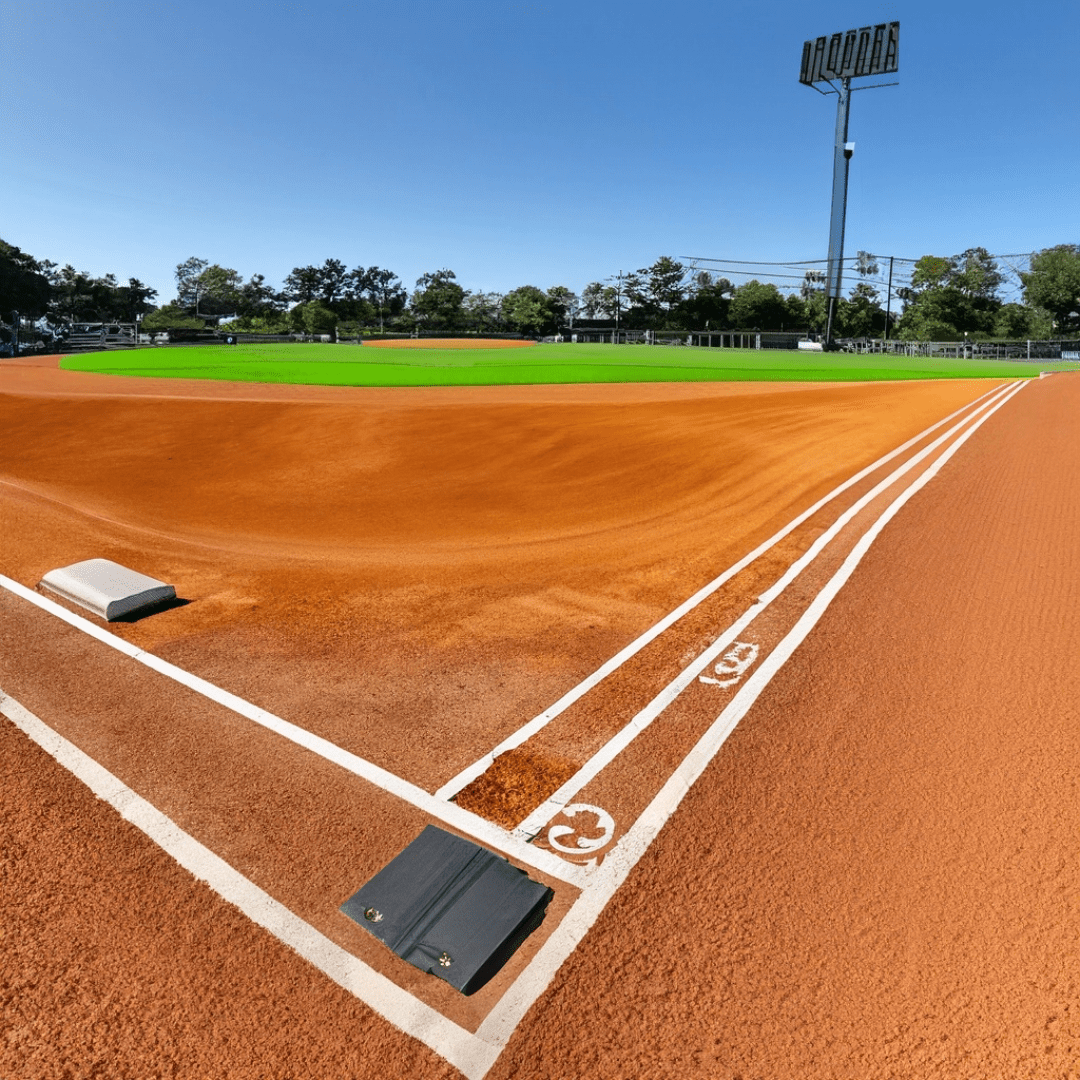Baseball Field Upkeep: 10 Best Practices for Facility Managers
Baseball Field Upkeep: 10 Best Practices for Facility Managers
Maintaining a baseball field is a crucial task for any facility manager. Proper upkeep not only ensures a safe and playable surface but also reflects the quality of the facility. Here are the best practices for maintaining a top-notch baseball field.
1. Regular Mowing and Turf Management
Maintain a consistent mowing schedule to keep the grass at the optimal height. Implement a turf management program that includes aeration, overseeding, and fertilizing to maintain healthy, resilient grass.
2. Infield Care
Regularly rake and level the infield dirt to prevent uneven surfaces and reduce the risk of injuries. Pay attention to high-traffic areas like the pitcher’s mound and batting areas, which may require more frequent maintenance.
3. Outfield Maintenance
The outfield requires special attention to ensure it’s flat and free of divots or holes. Regular checks and repairs are necessary to maintain its integrity and safety.
4. Managing Water and Drainage
Proper drainage is essential to prevent water accumulation and field damage. Ensure that the field has an effective drainage system and that water is directed away from the playing area.
5. Base and Pitcher’s Mound Upkeep
Regularly inspect and maintain the bases and pitcher’s mound. This includes checking for proper alignment, stability, and surface integrity.
6. Fence and Dugout Maintenance
Inspect and repair fences, dugouts, and other structures around the field. Ensure they are safe and in good condition.
7. Equipment Inspection
Regularly check and maintain field equipment such as bases, pitching machines, and batting cages. Ensure they are safe and functional.
8. Lining the Field
Properly line the field according to league standards. Use quality field marking paint and ensure lines are straight and visible.
9. Trash and Debris Removal
Keep the field and surrounding areas clean by regularly removing trash and debris. A clean facility is not only safer but also more inviting to players and spectators.
10. Seasonal Adjustments
Adjust maintenance practices based on seasonal changes. This includes preparing the field for off-season periods and ramping up maintenance as the season approaches.
Conclusion
Effective baseball field upkeep is a combination of regular maintenance, attention to detail, and proactive management. By following these best practices, facility managers can ensure that their baseball fields are safe, playable, and visually appealing, contributing to the overall success and reputation of the facility.

